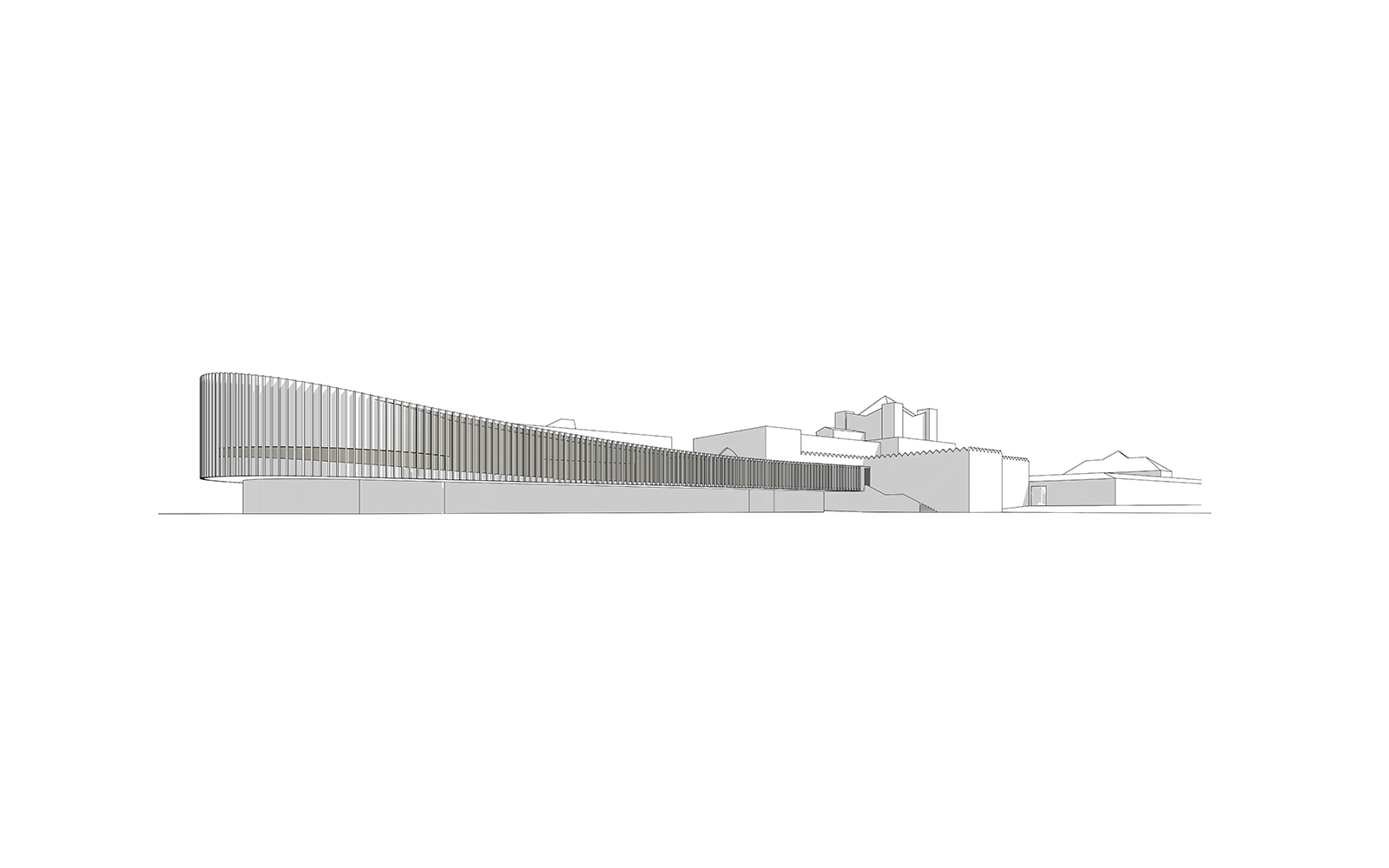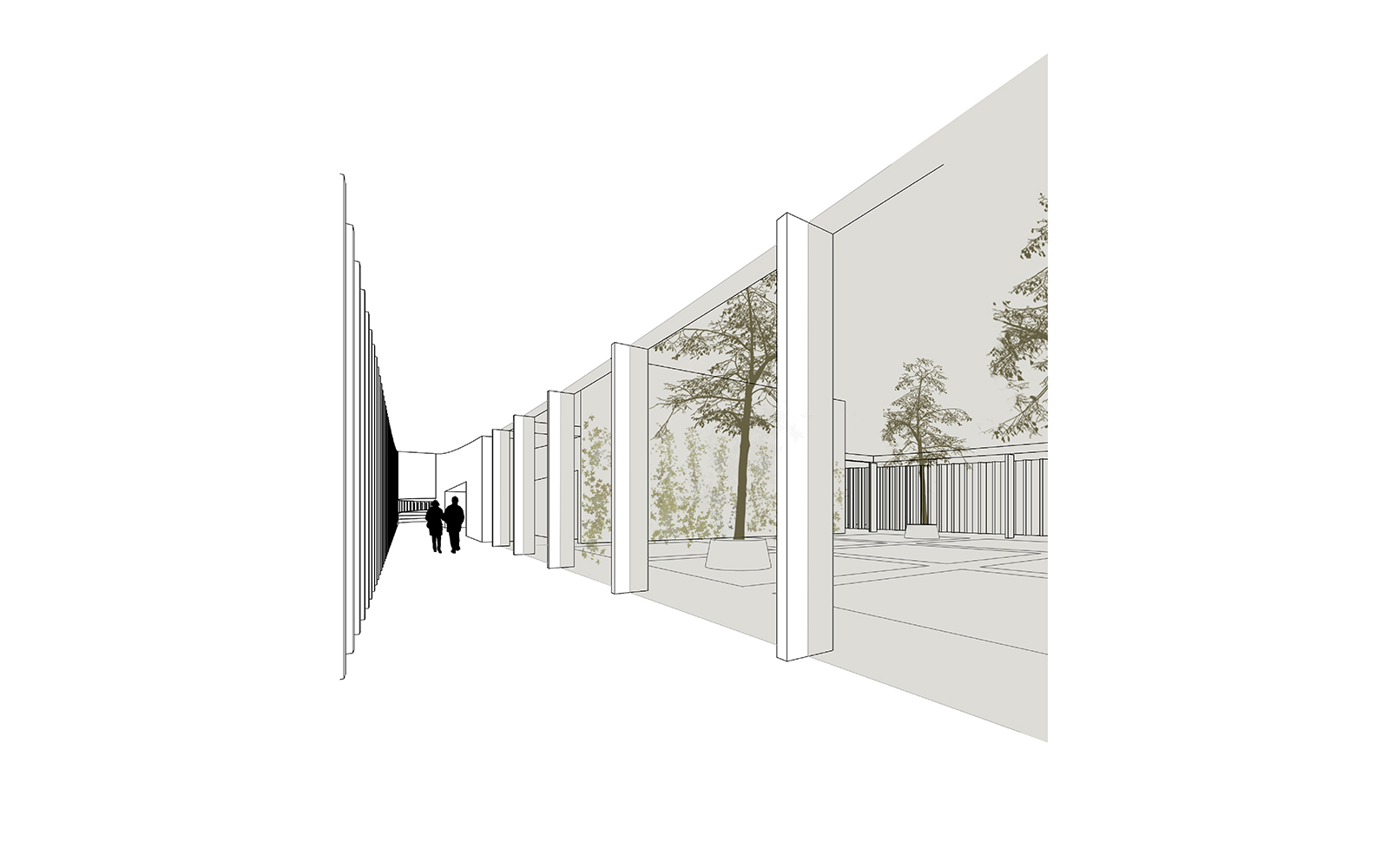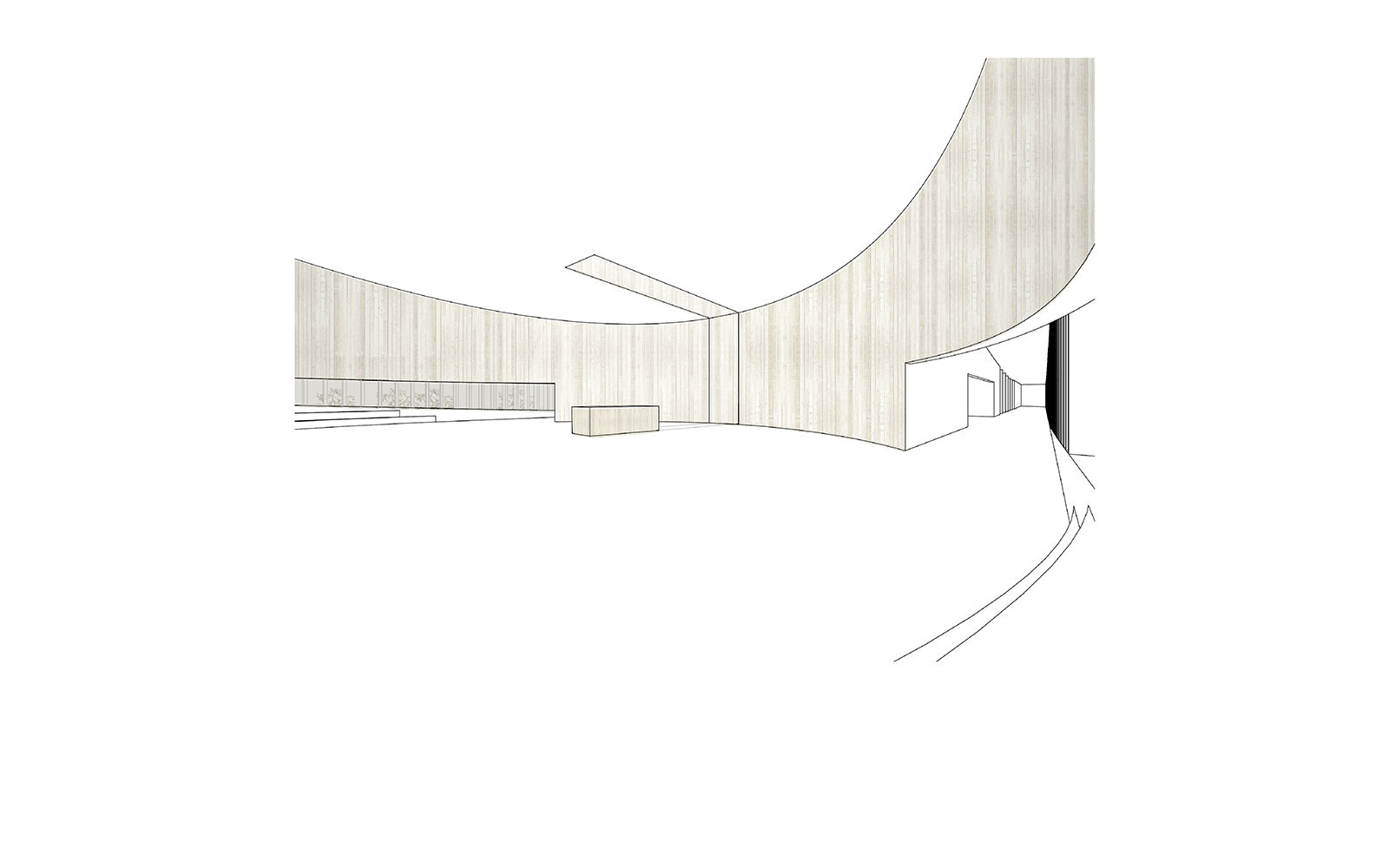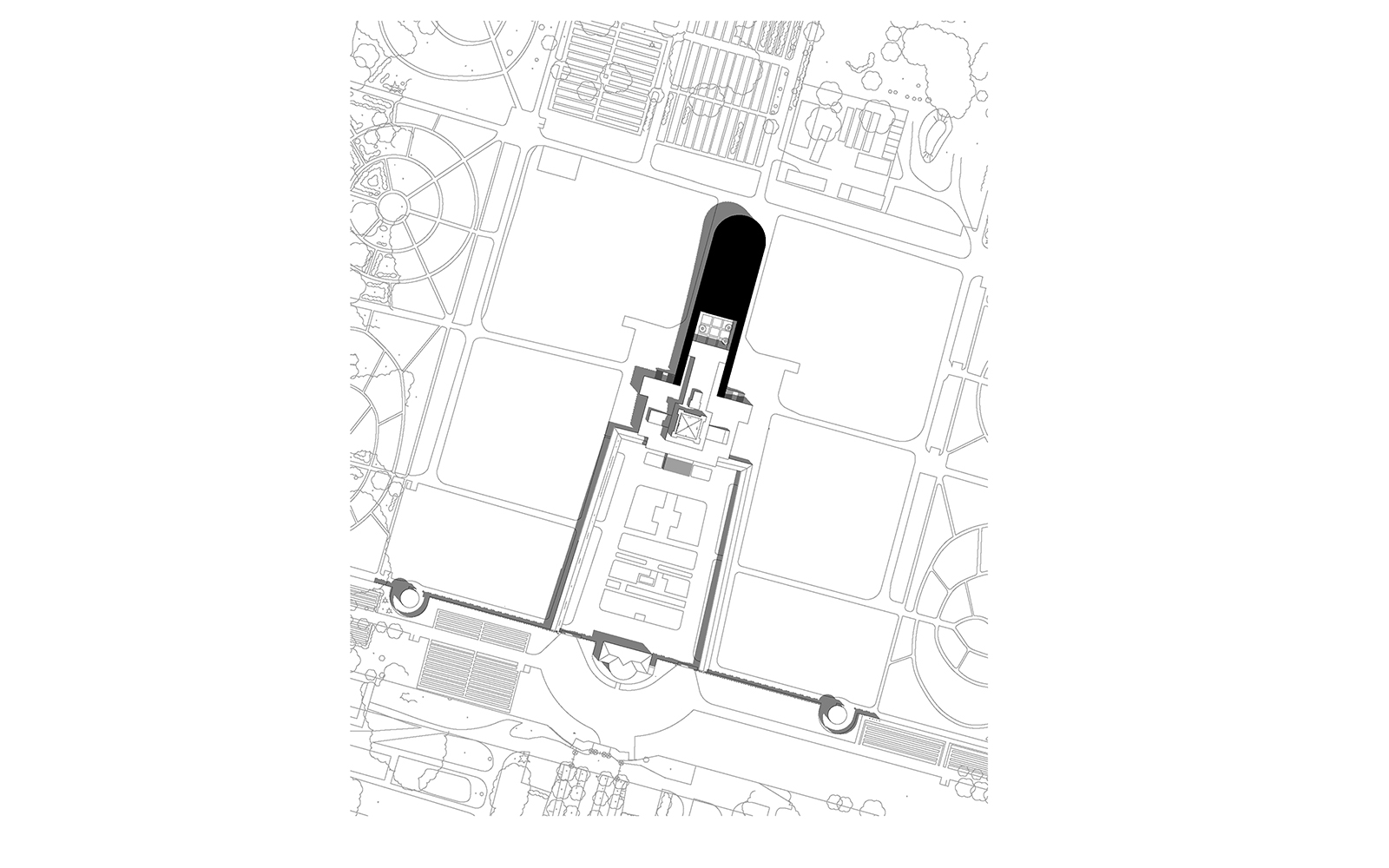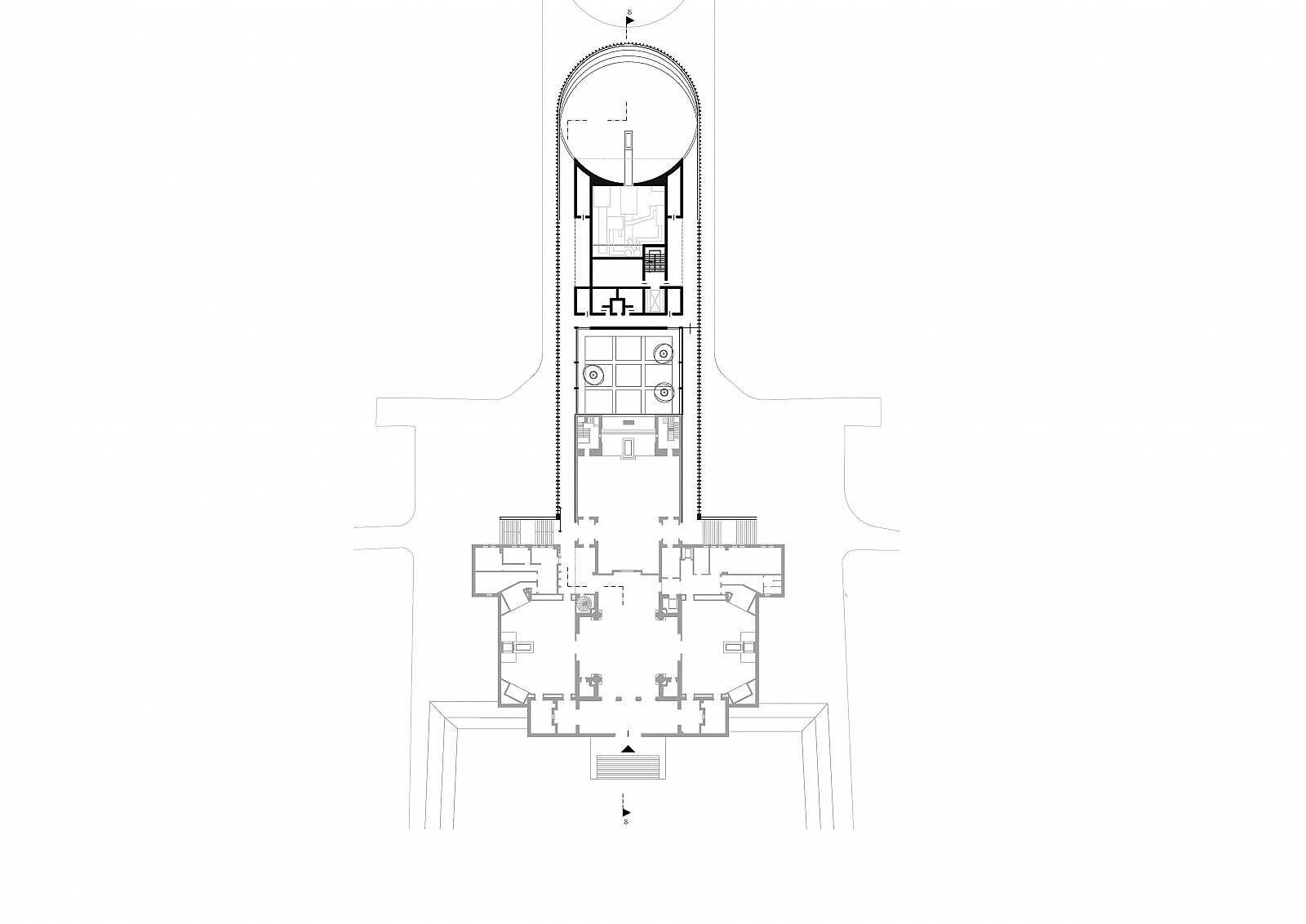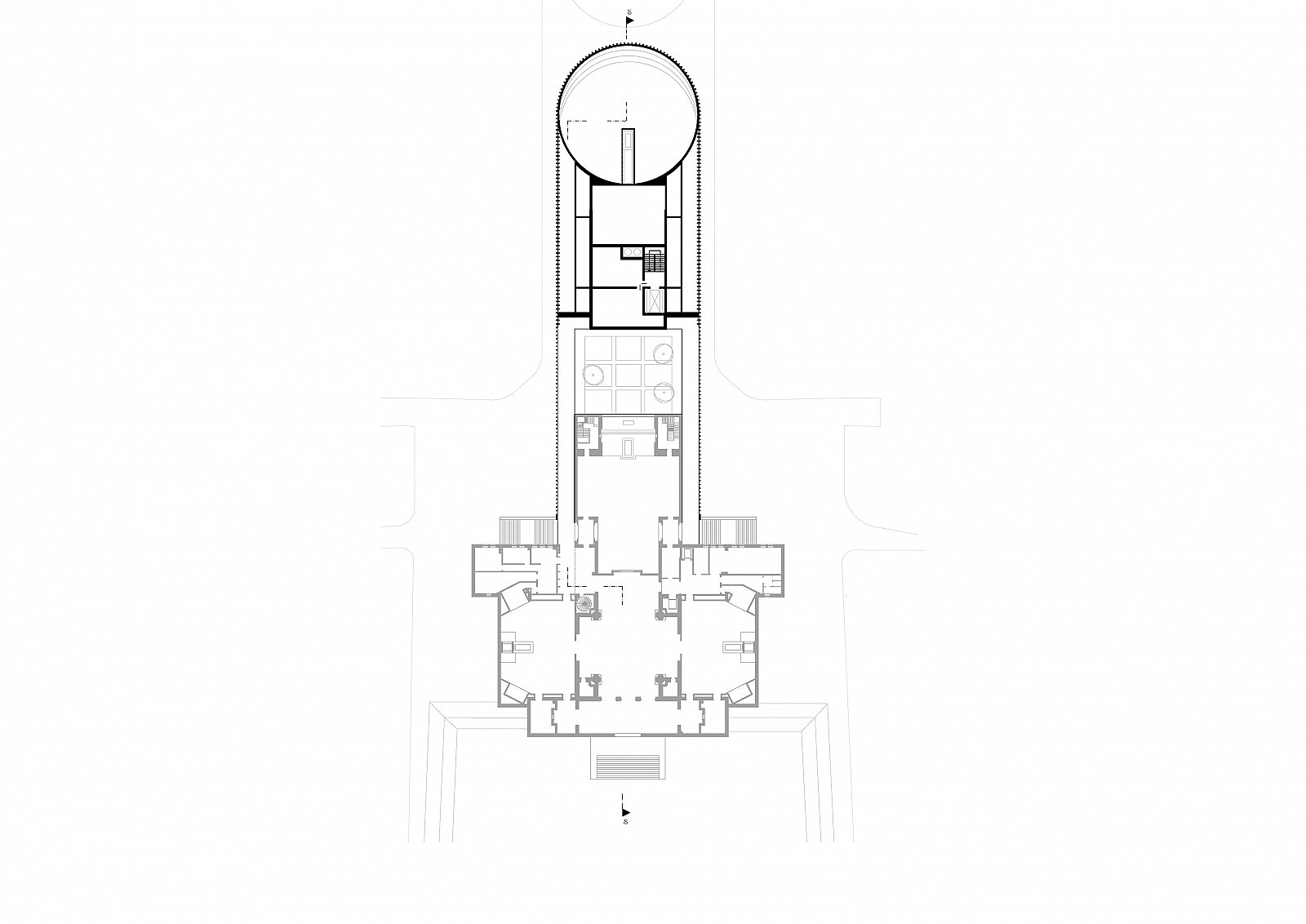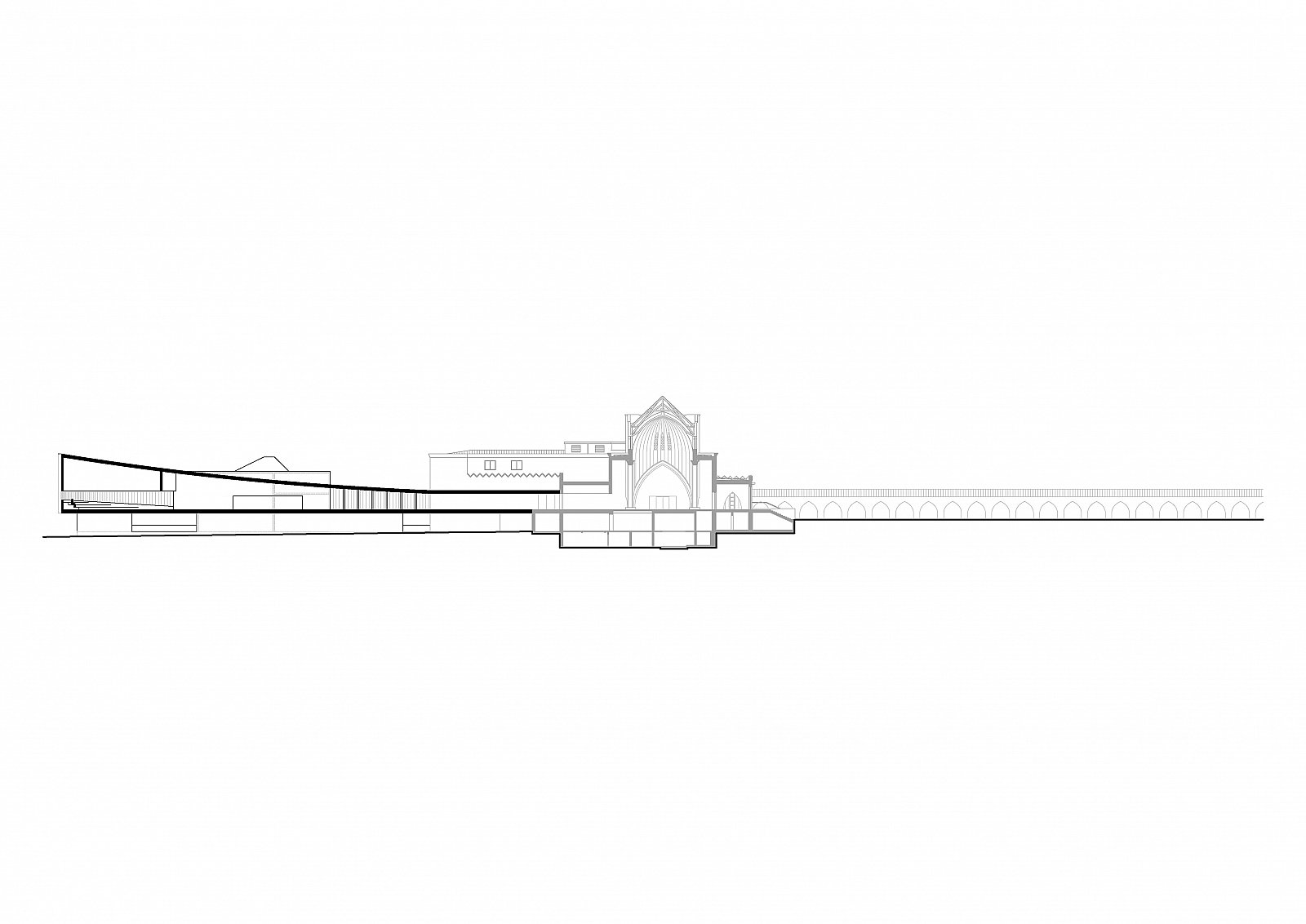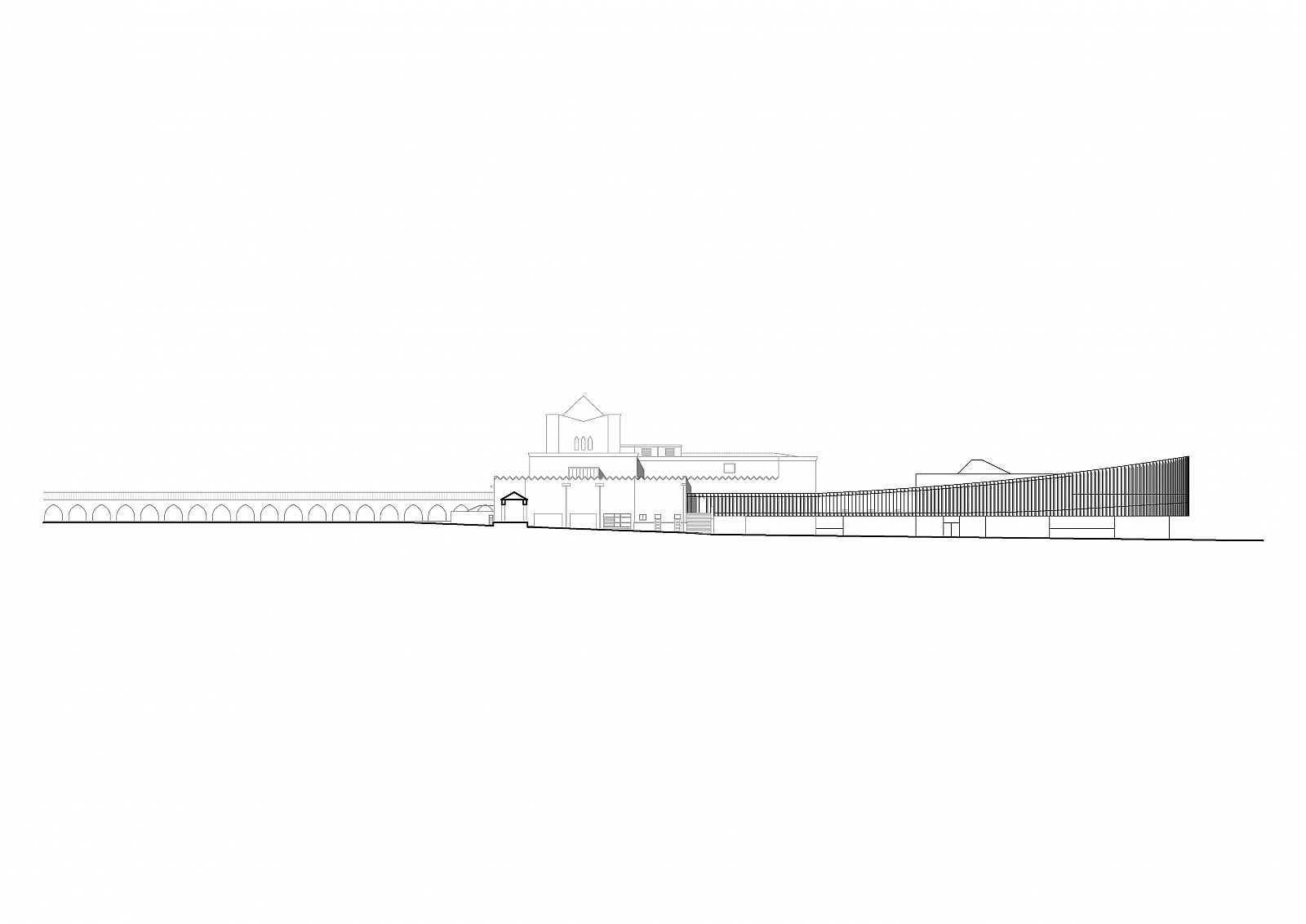Extension Crematorium Vienna
2019
2019
Simmeringer Hauptstrasse 337, 1100 Vienna
Competition 2019
Landscape Architecture: Auböck & Kárász
The design aims to integrate the extension as subtly as possible into the existing building, not to compete with it, but to extend it in the most organic way possible - both formally and functionally. The pathetically consecrated architecture of the existing building no longer meets contemporary demands and taste. Yet it requires an atmosphere of solemnity that is appropriate to the purpose and dignity of the place. The extension affects the iconic existing building to only a minimal extent. Slender and significantly lower than the existing building, it connects to the central axis thus maintaining a spatial continuum. In a delicately filigree manner - in the form of two parallel bridges - the extension connects to the existing building in the area of the lateral external staircases and surrounds the ceremonial hall. With its semi-circular end, it takes up the motif of the semi-circular arch of the castle wall and also of the administrative building at the entrance to the urn garden, thus combining the various construction phases into a harmonious ensemble.
The extension links the entire complex with the open spaces in the vicinity of the fire hall. Pathways accompanied by silver linden trees in ivy beds are laid out on both sides of the new building. The patio between the existing building and the new building forms a place of poetic silence: it is designed with a frame of natural stone, square ivy beds, narrow gravel paths and serviceberries with multiple stems. The existing open space is thus being revaluated and, in combination with the patio, a new place of peace and contemplation is being created, enriching the course of the farewell ceremony.
The extension links the entire complex with the open spaces in the vicinity of the fire hall. Pathways accompanied by silver linden trees in ivy beds are laid out on both sides of the new building. The patio between the existing building and the new building forms a place of poetic silence: it is designed with a frame of natural stone, square ivy beds, narrow gravel paths and serviceberries with multiple stems. The existing open space is thus being revaluated and, in combination with the patio, a new place of peace and contemplation is being created, enriching the course of the farewell ceremony.
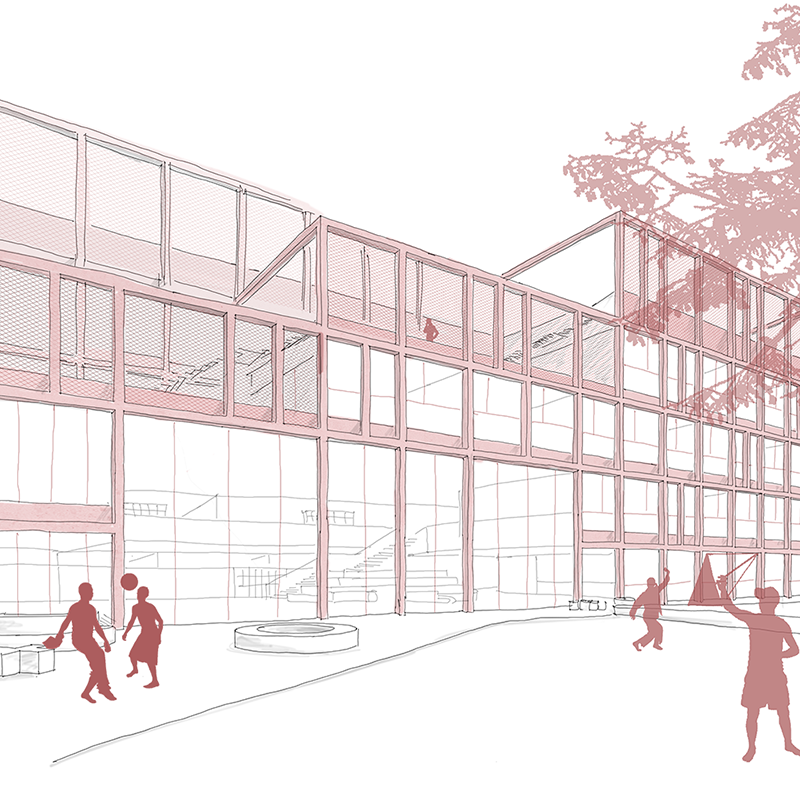
Anerkennung
AHS
Otto-Preminger-Straße
Otto-Preminger-Straße
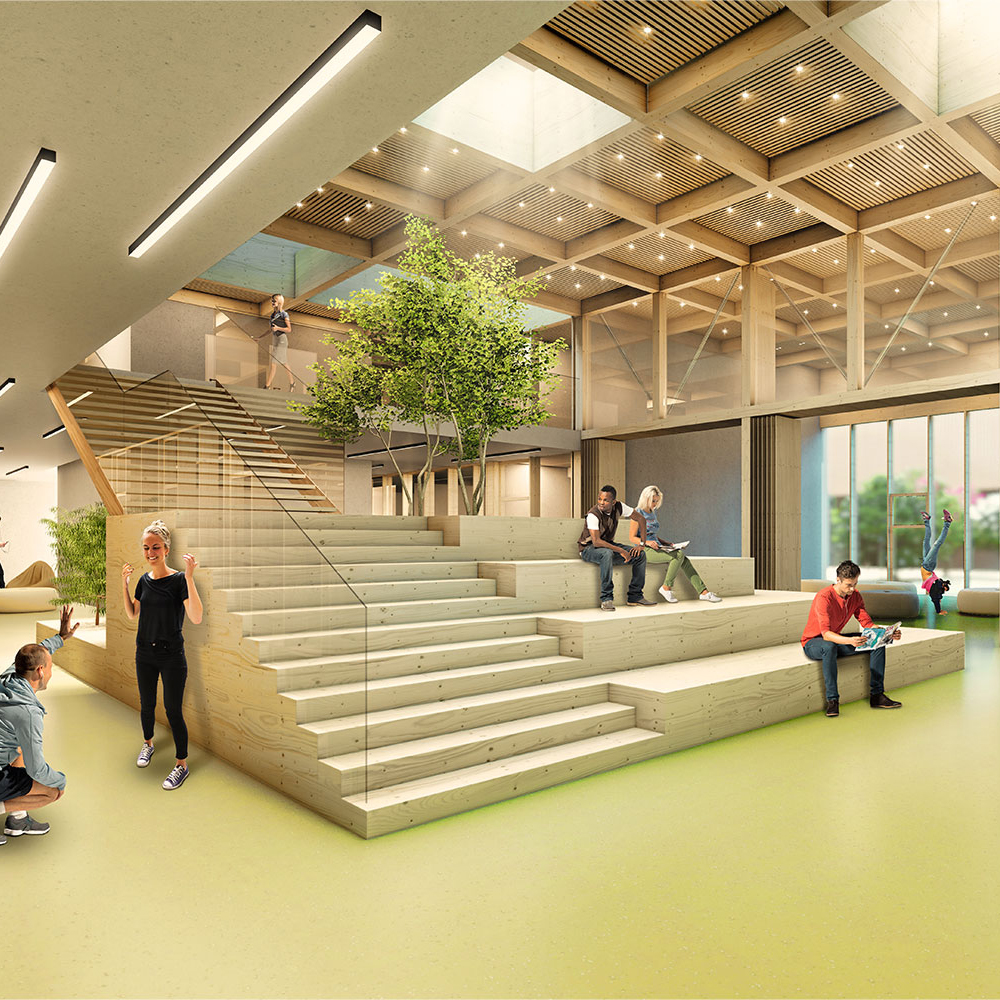
Wettbewerb
Alpen-Adria-Gymnasium
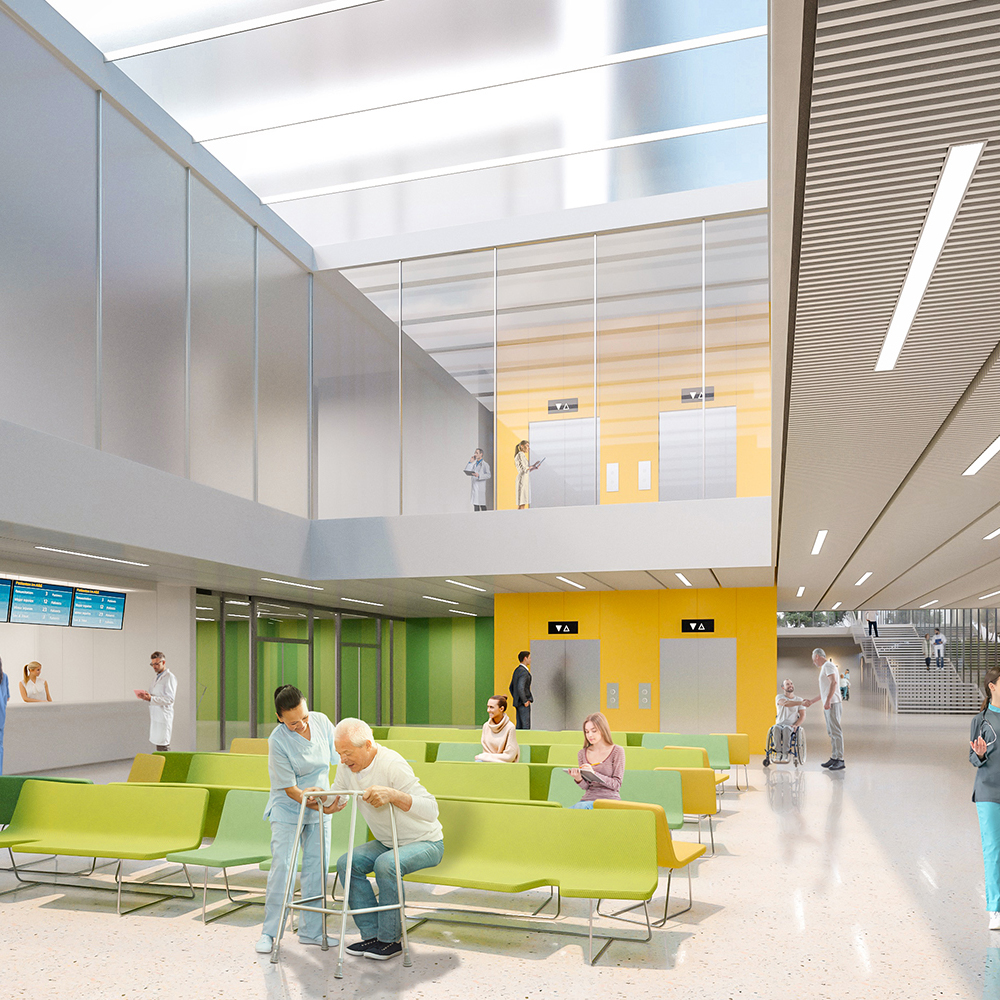
Competition
Oberpullendorf Hospital
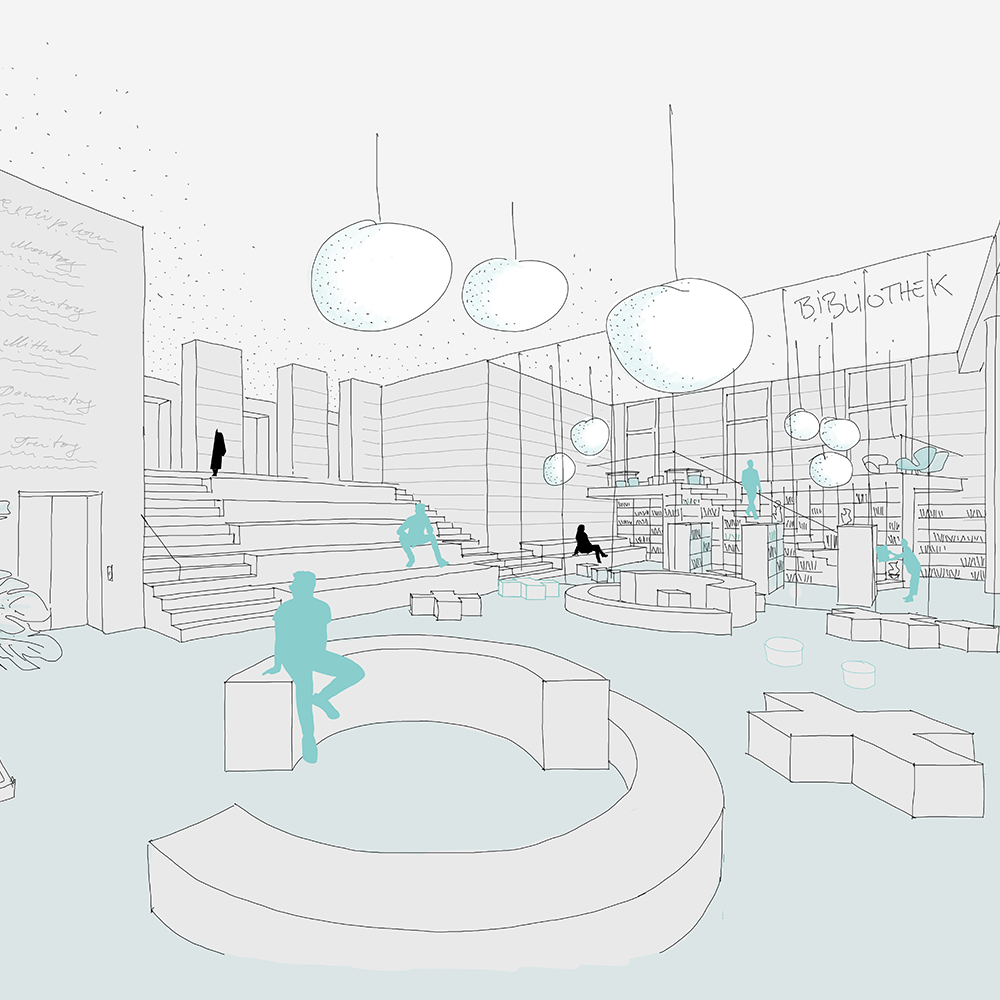
2. Preis
Semmelweisareal Haus 1
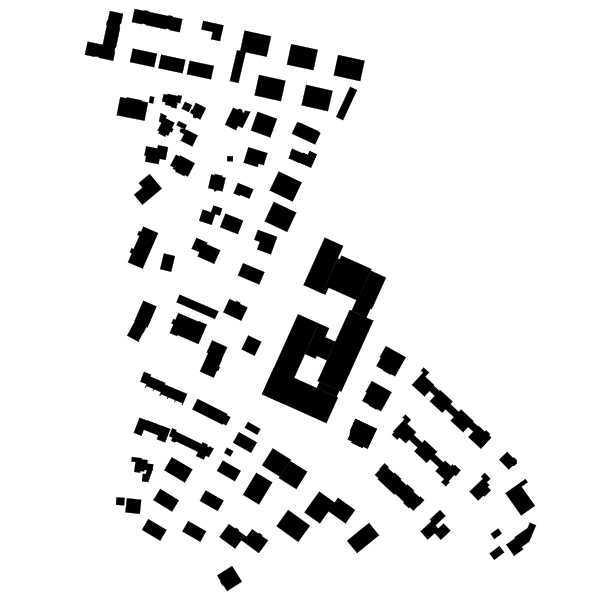
Anerkennung
Federal School Centre Zell am See
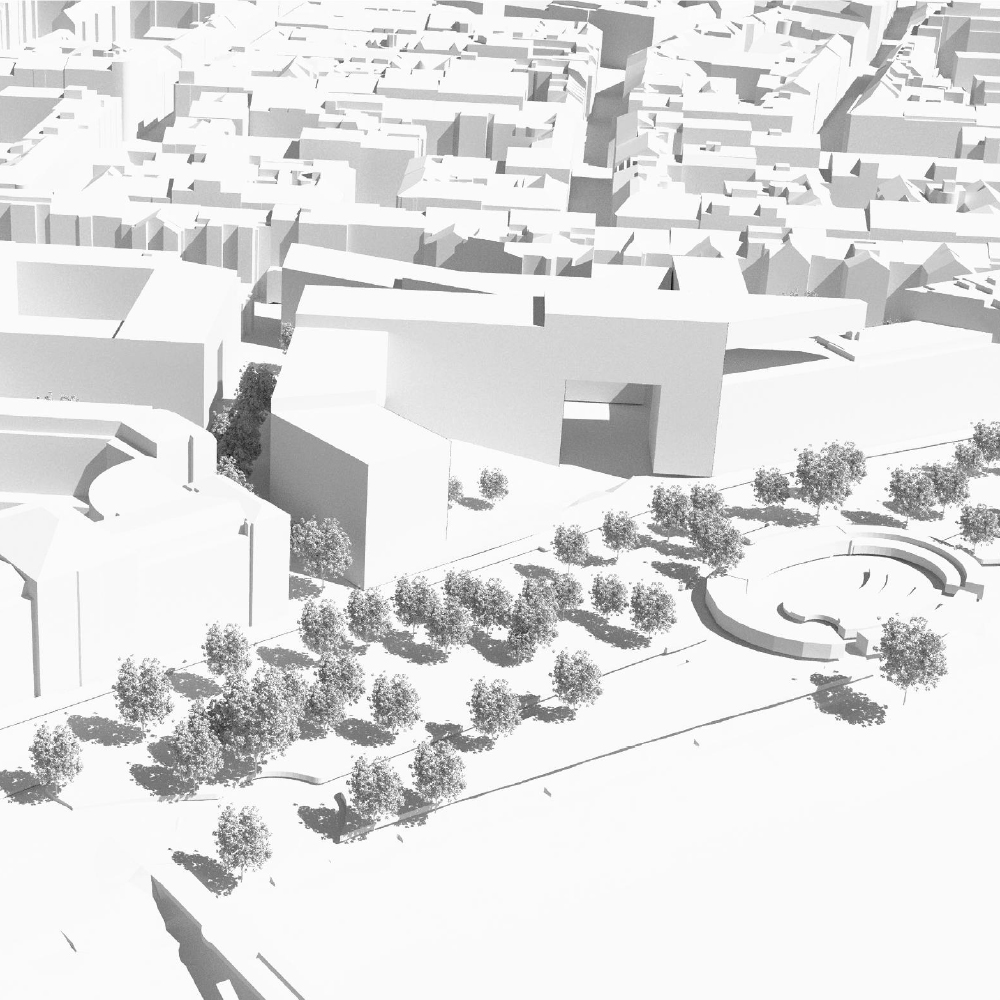
Competition
Leopold's Quarter
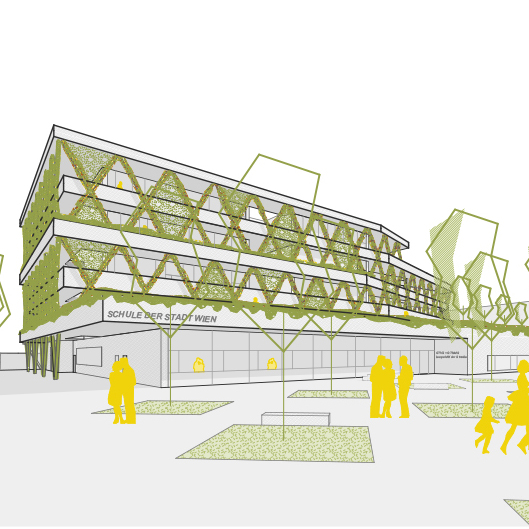
Competition
School Leopold-Kohr-Straße
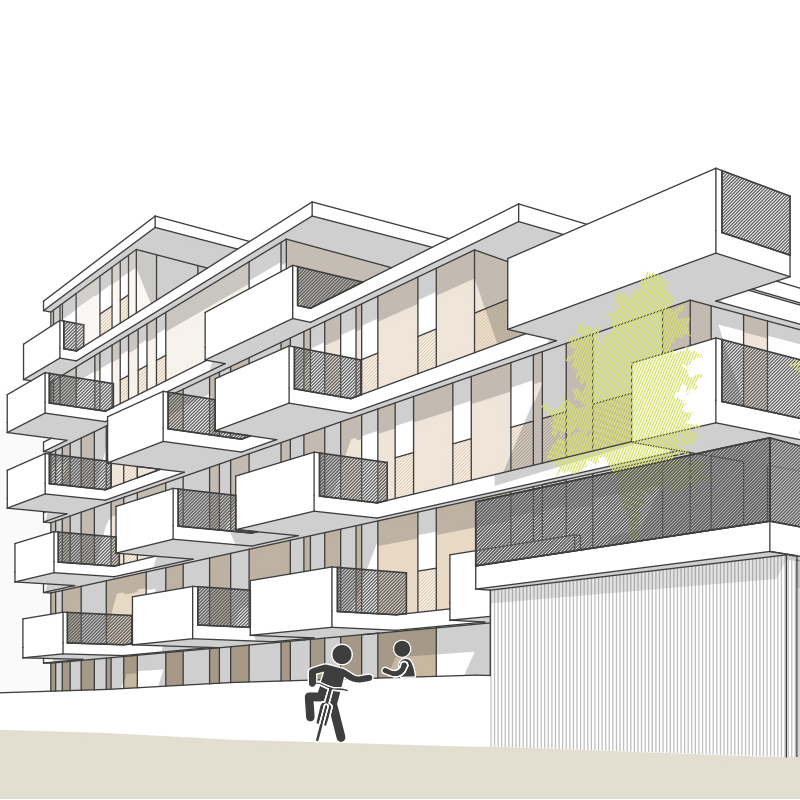
Recognition
Residential development Mendelgasse
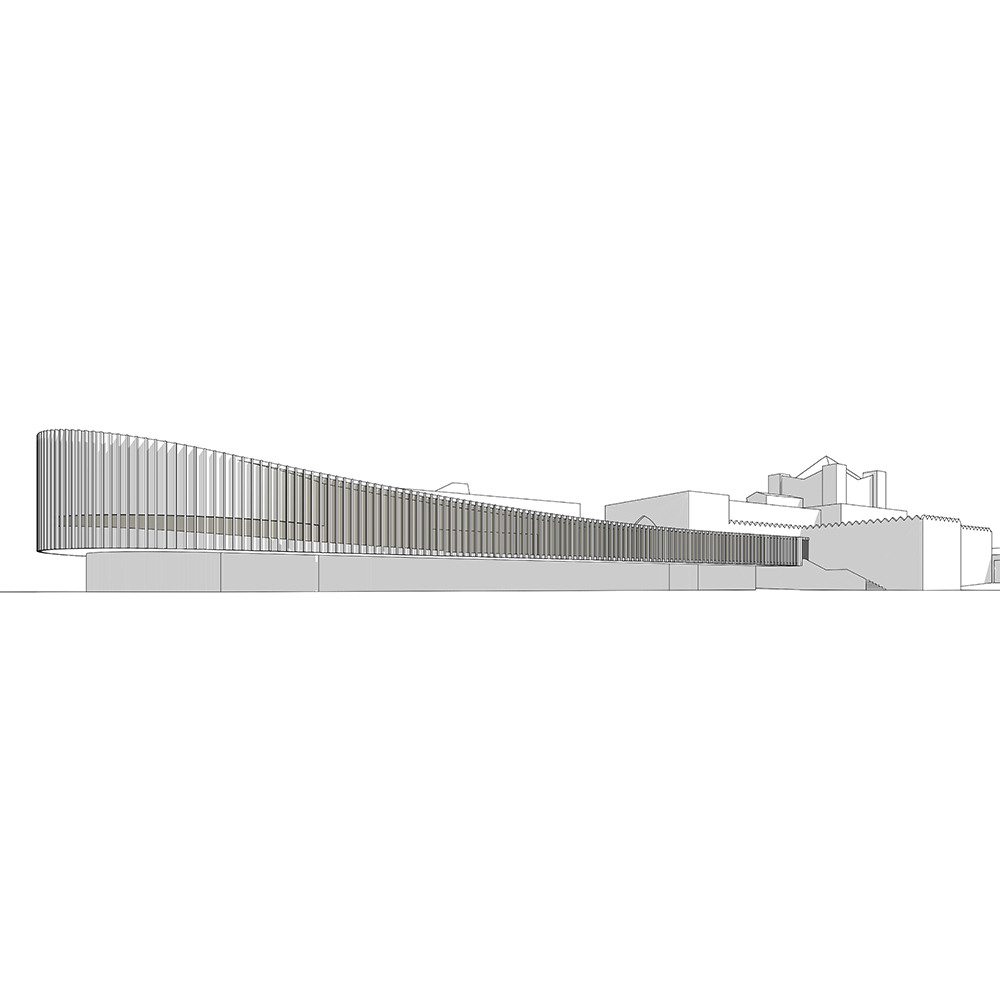
Competition
Extension Crematorium Vienna
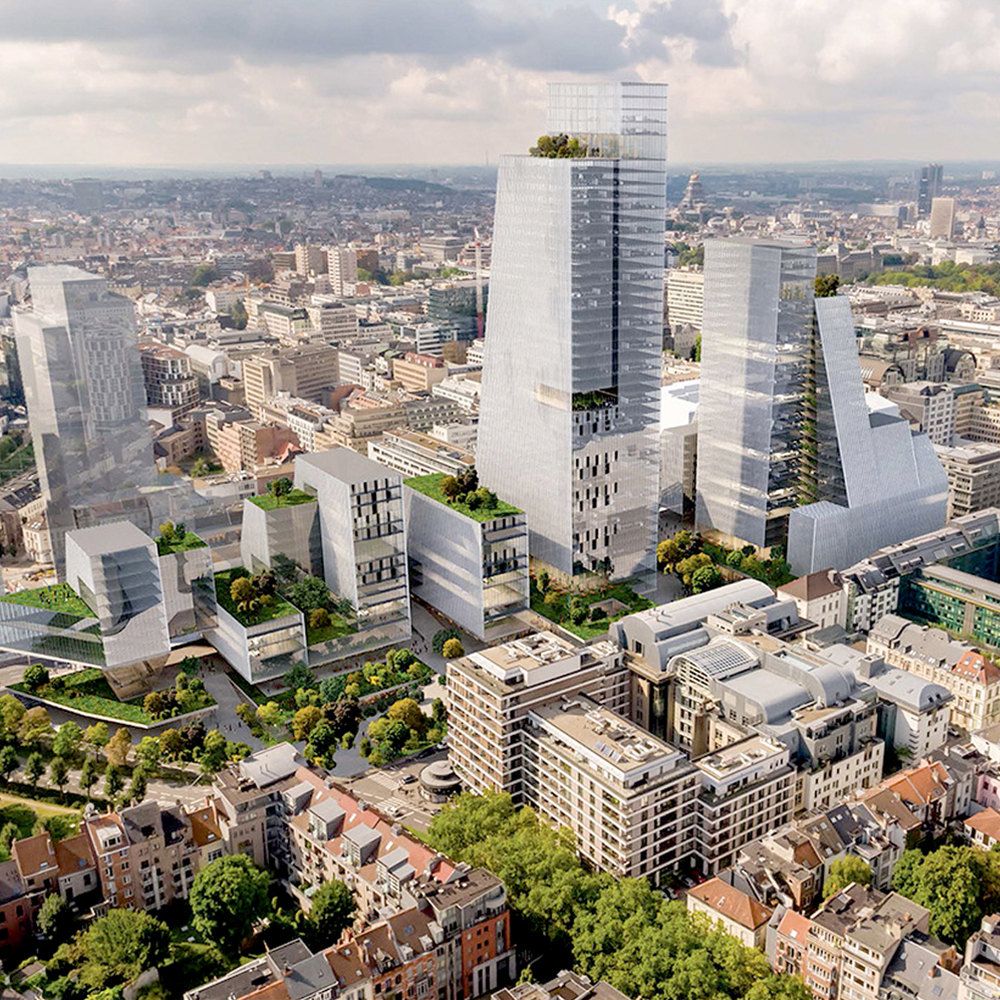
Wettbewerb
Loi 130
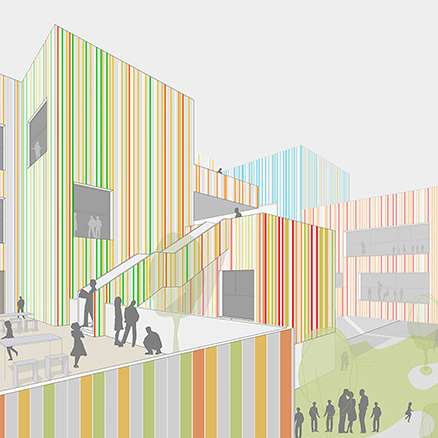
Recognition
Education Campus Deutschordenstraße
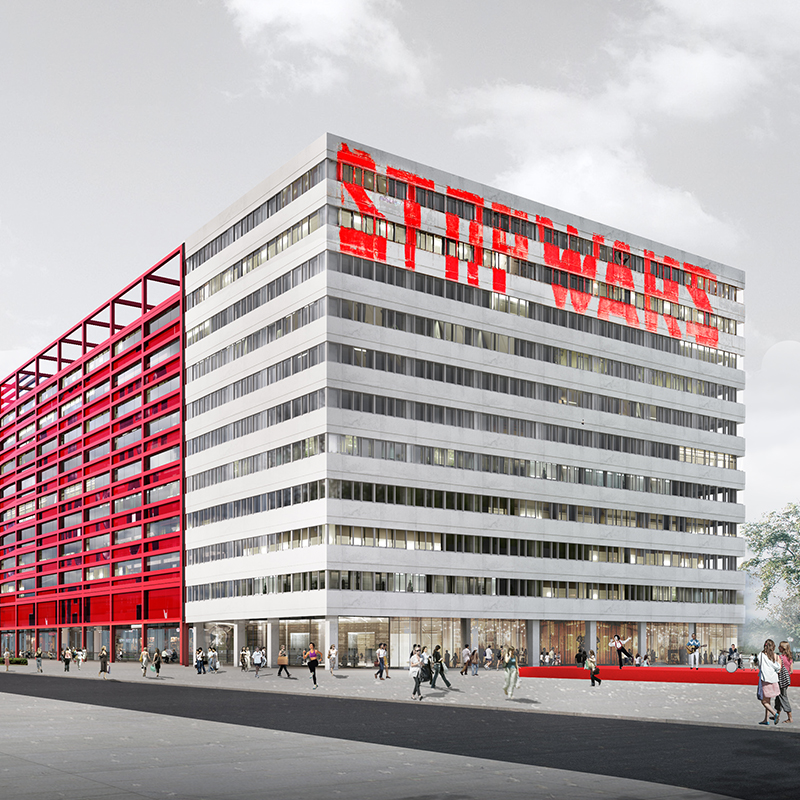
Wettbewerb
Haus der Statistik
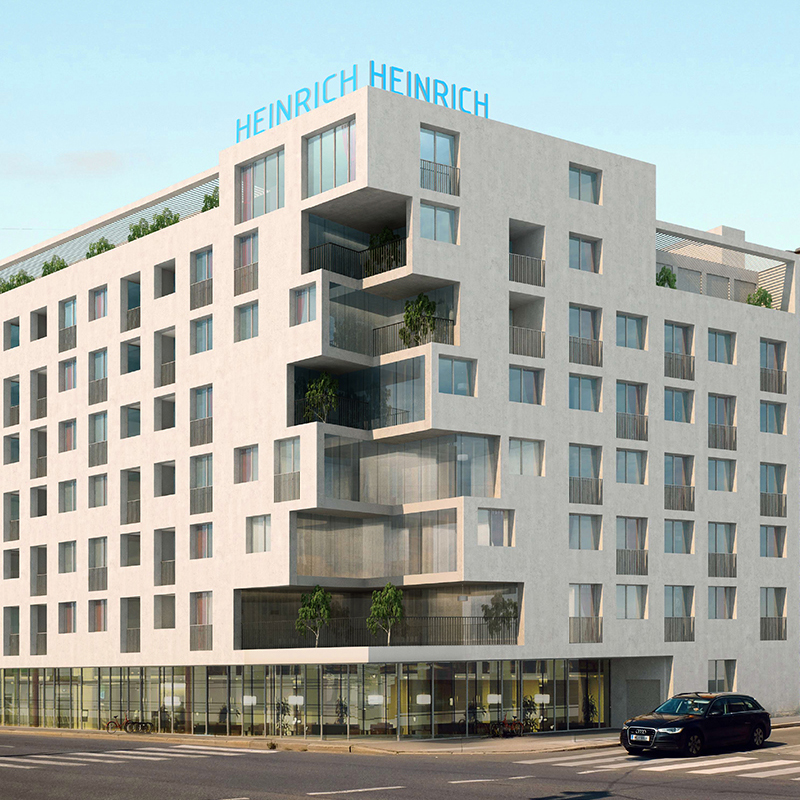
Wettbewerb
Heinrich – Serviced Apartments
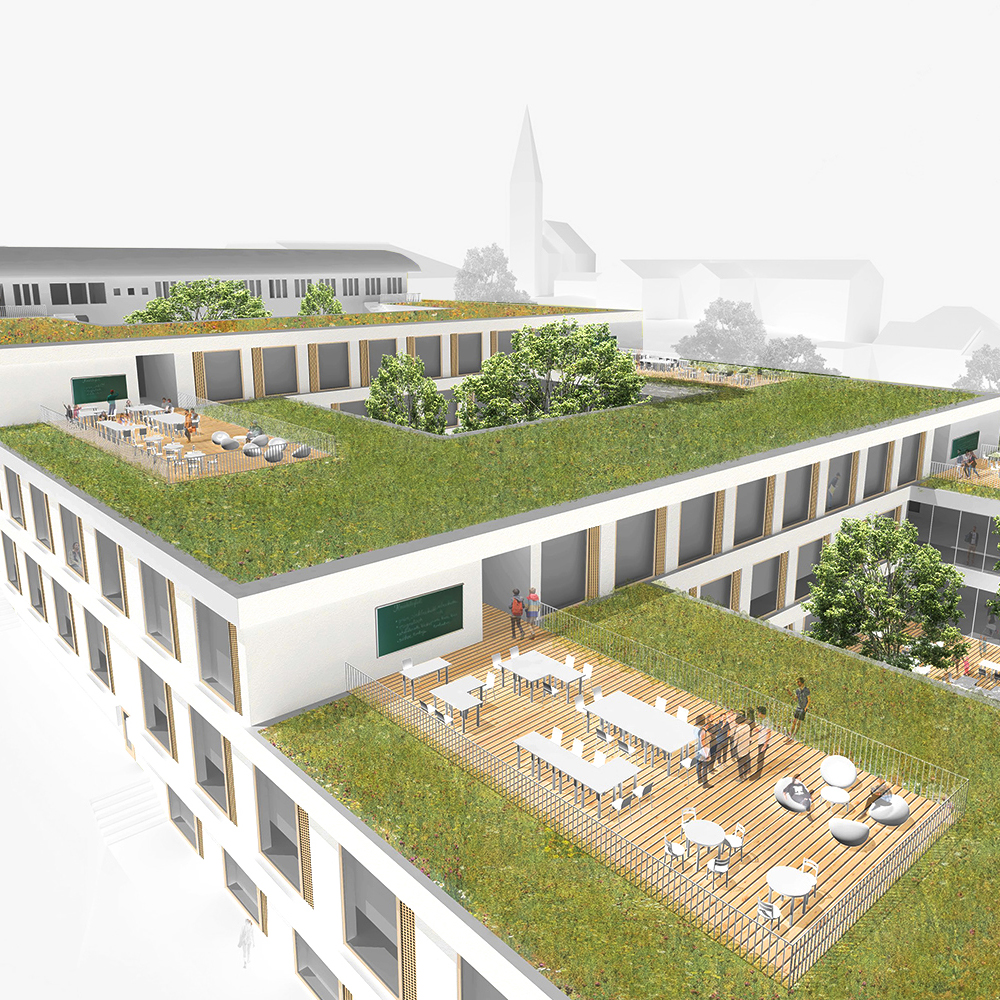
Wettbewerb
Konrad-Lorenz-Secondary School Gänserndorf
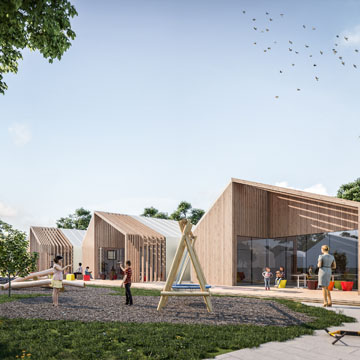
3rd Prize
Lower Austria State Kindergarten Pulkau
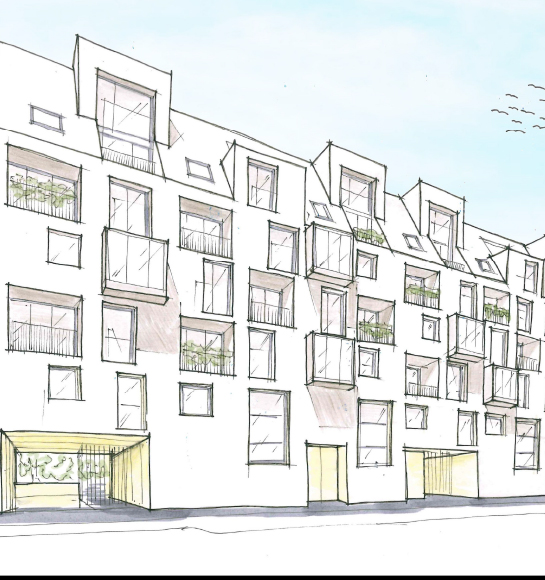
Competition
Residential building Buchengasse
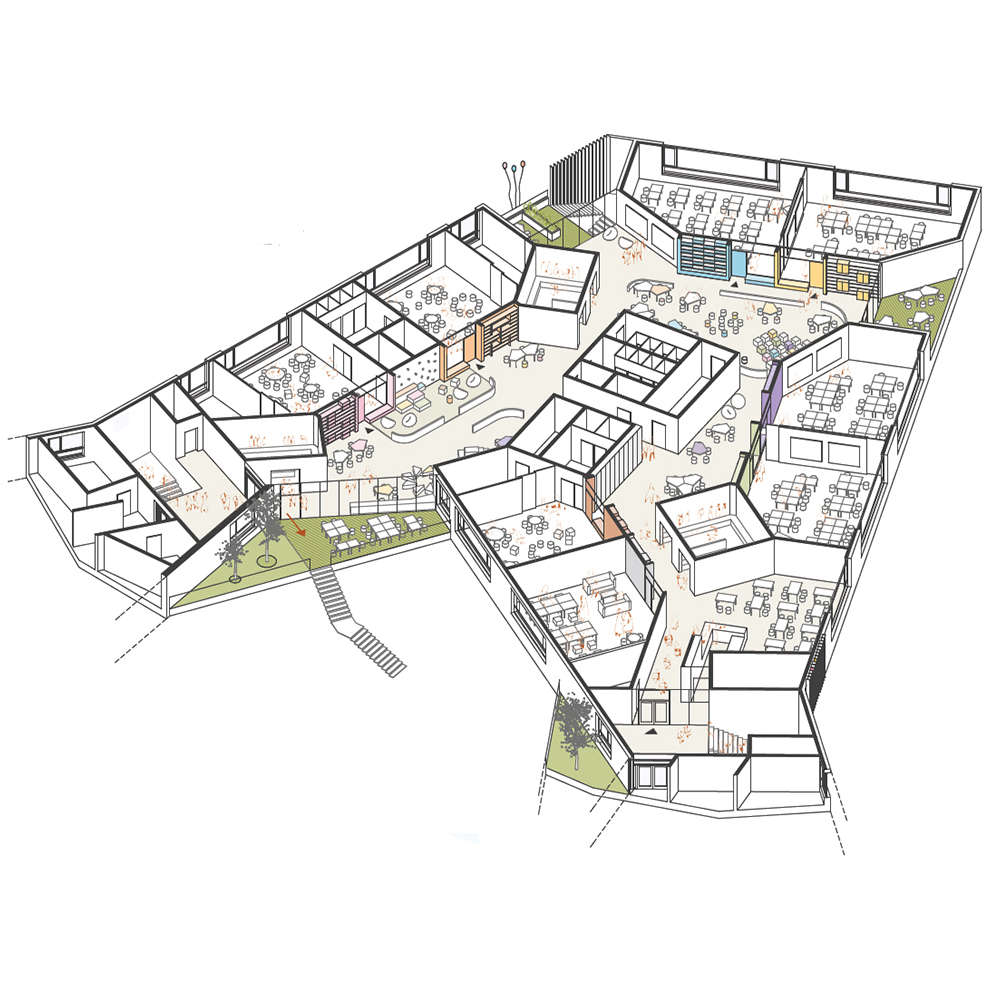
3rd prize
Aron Menczer Education Campus
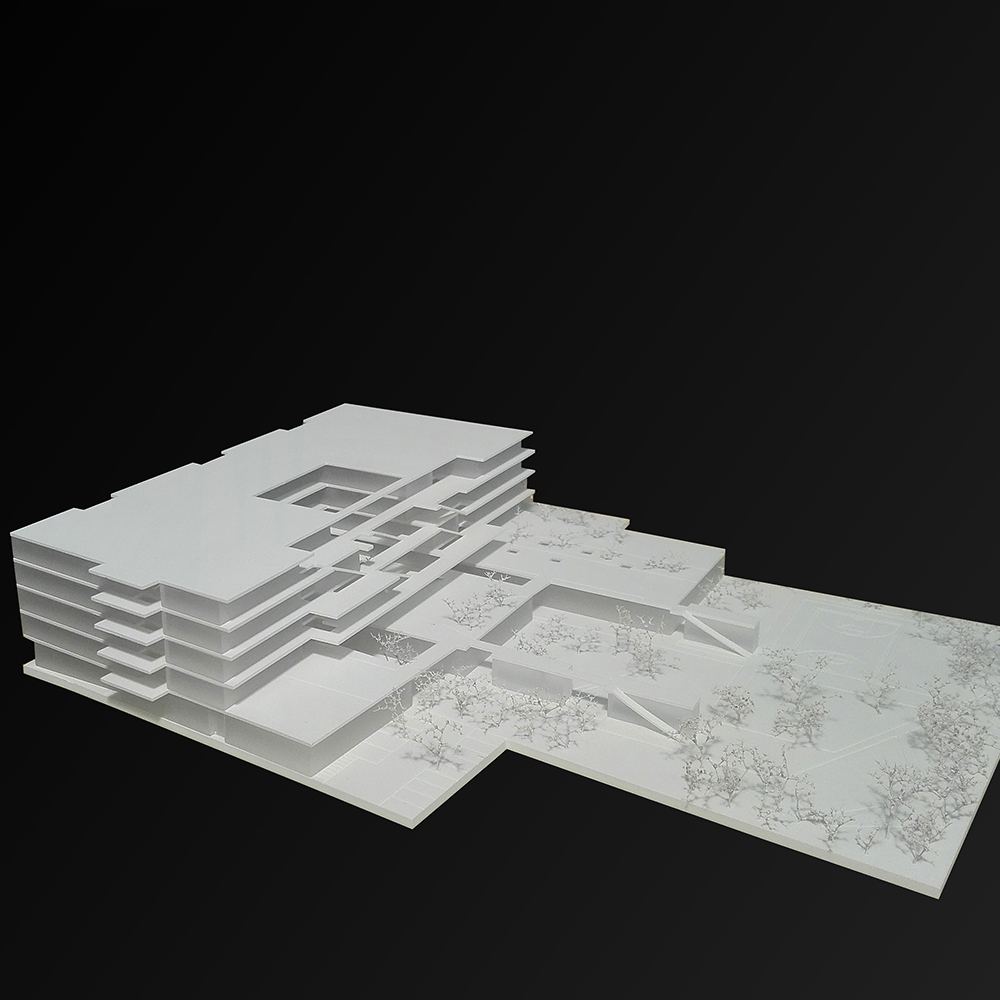
3rd prize
Education Campus Atzgersdorf
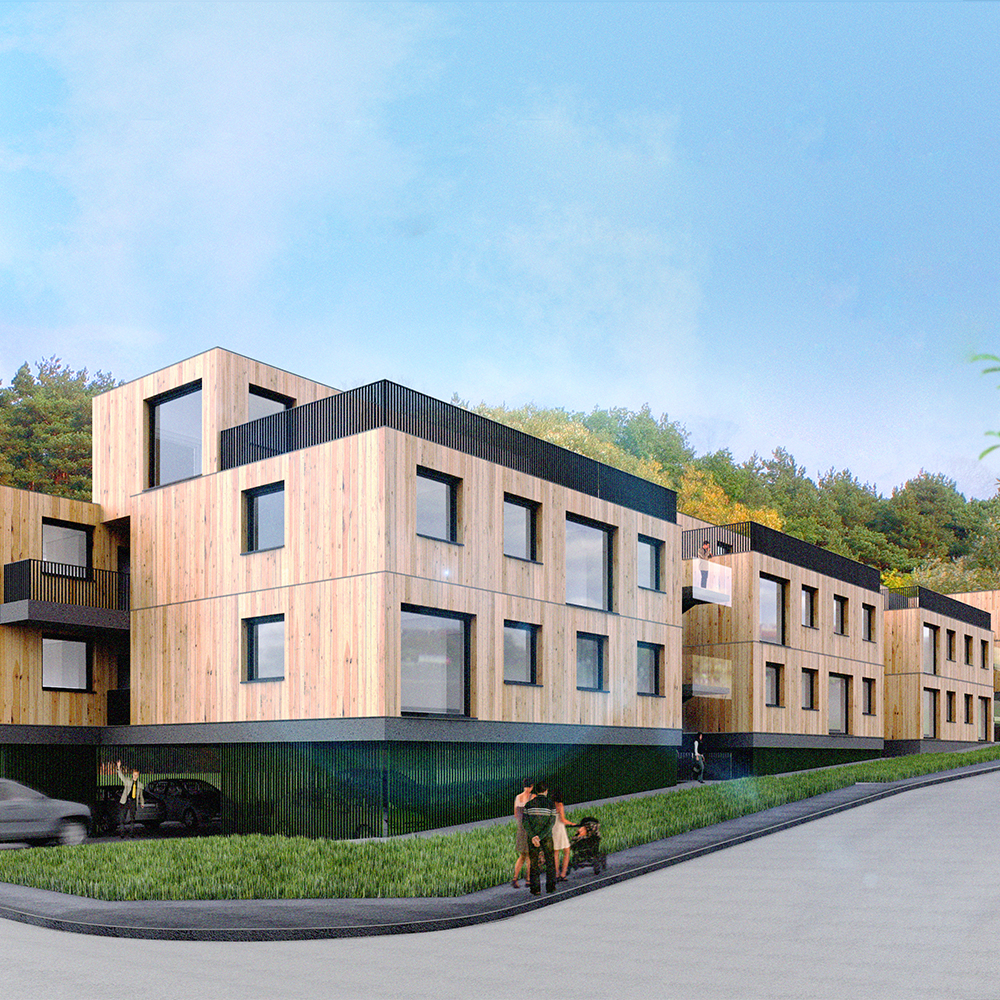
Wettbewerb
Forest Hill - Affordable living in Breitenfurt
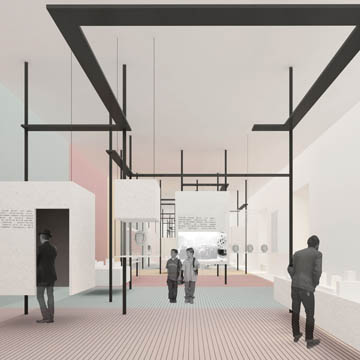
2nd prize
House of History Austria
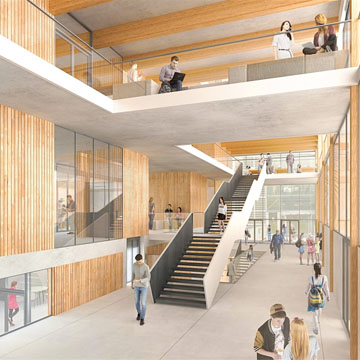
Recognition
New building for the University of Natural Resources and Applied Life Sciences, Vienna
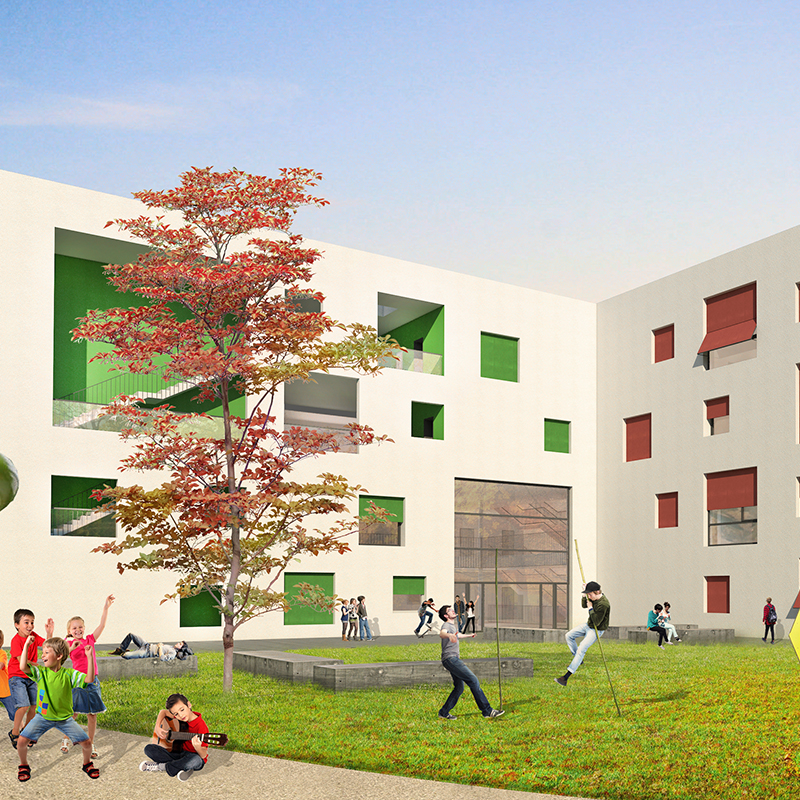
Wettbewerb
NMS (Neue Mittelschule – New Secondary School) Spielmanngasse
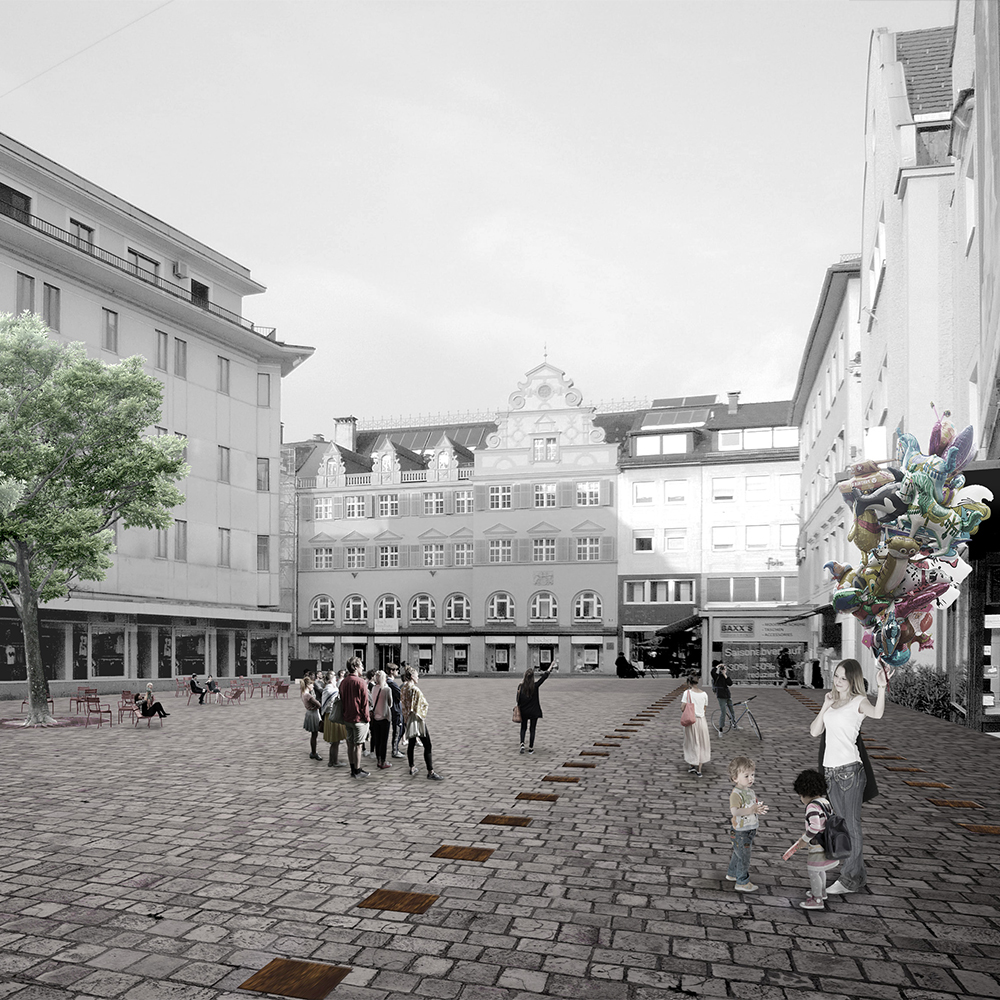
Wettbewerb
Neighbourhood development Leutbühel
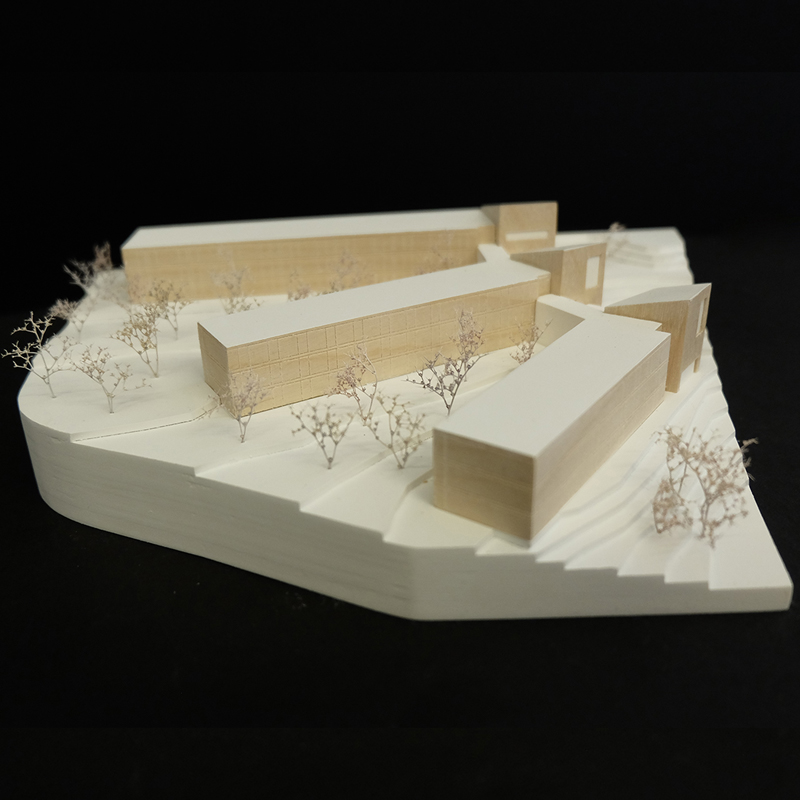
Competition
Students hostel Pitzelstätten
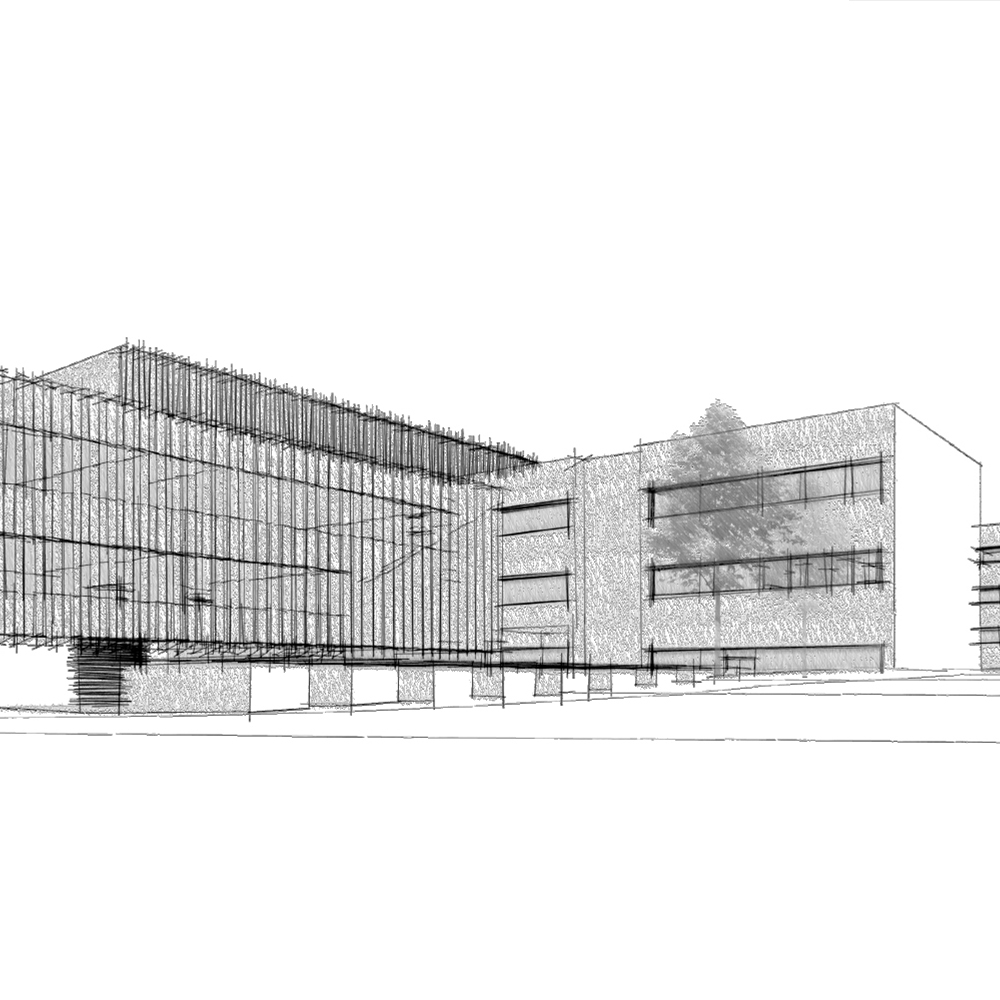
Wettbewerb
School Competence Centre Ferlach
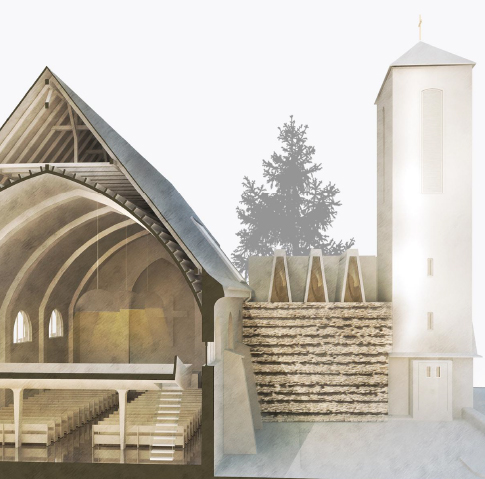
Competition
Parish church of Essling
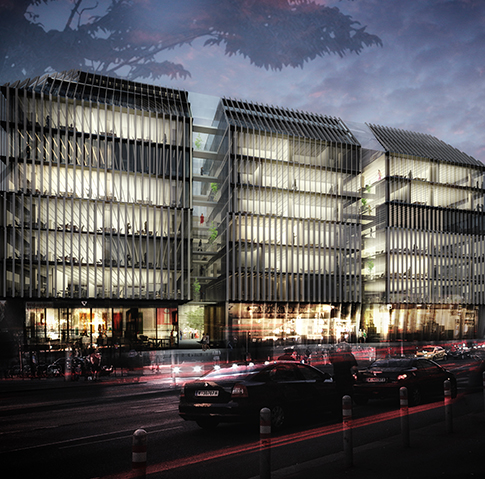
Competition
Rathausstraße 1
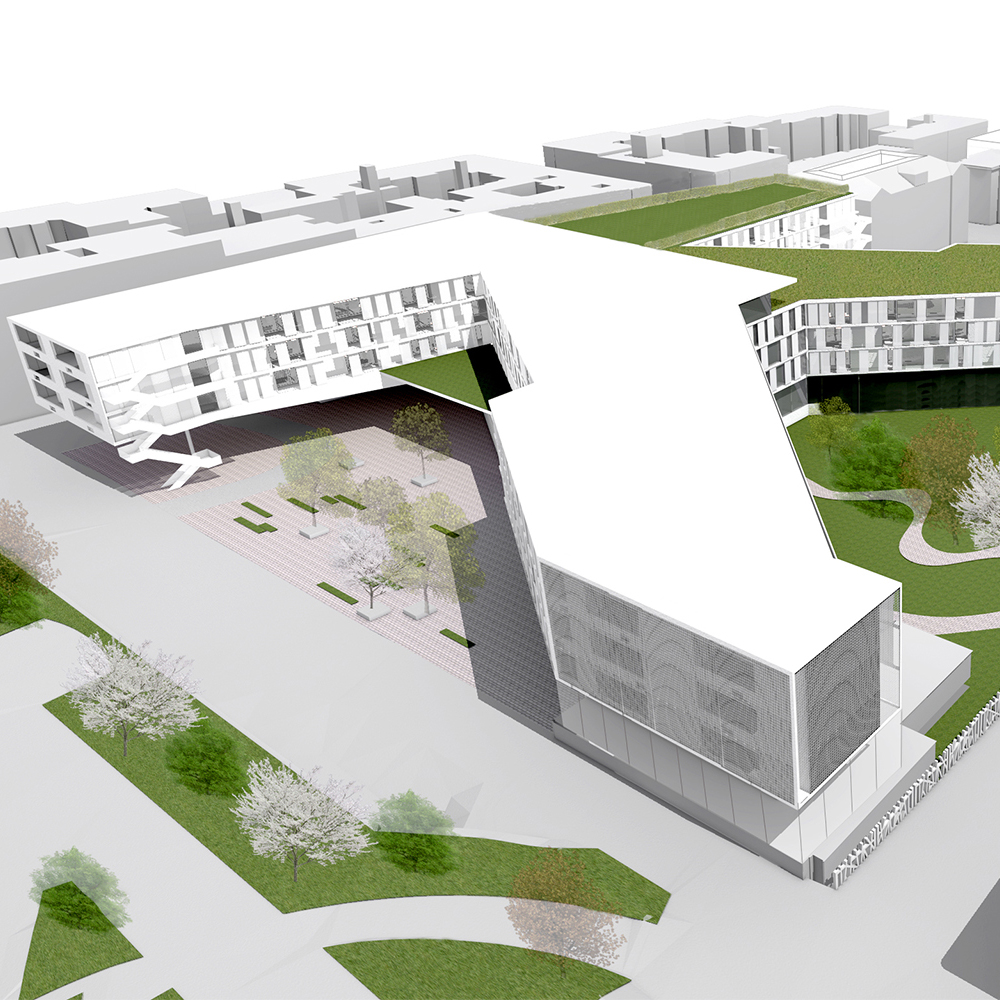
Competition
Kaiserin Elisabeth Hospital
Multifunctional Centre Elsterwerdaer Platz


